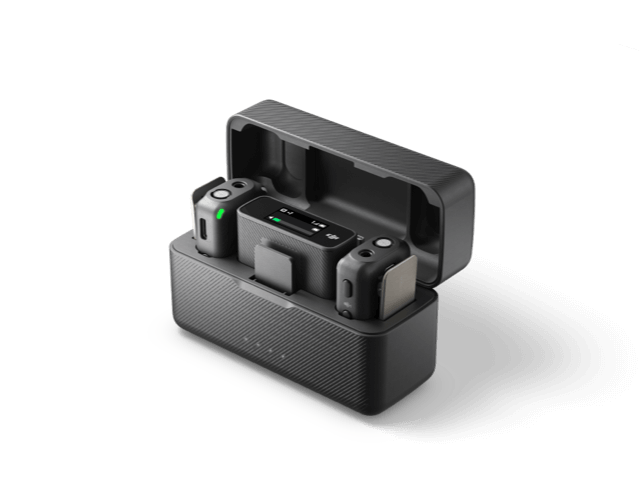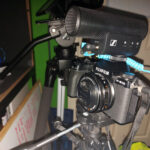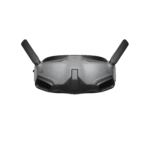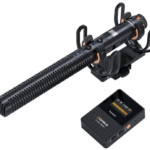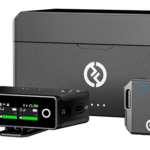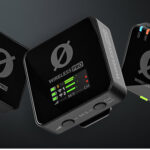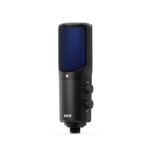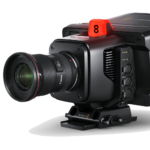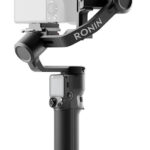I have to admit being somewhat in awe of the engineer types at DJI. I swear they go to bed still thinking on how to make something better, faster, more convenient, easier …
And if the packaging is an indication of their level of attention to detail, then that is very sharp indeed.
The best packaging I have seen ever was a DJI product – the DJI Robomaster EP Core where every single item – and there were hundreds of ‘em – was meticulously labelled and numbered so there was no way you could get the build wrong.
And so the new DJI Mic system follows the same pattern. Much thought has gone into the way the product is not just presented, but how that presentation could make using the DJI Mic better and more convenient and easier on a day-to-day basis.
Charging Case
For example, everything is nestled inside a flip top lid carry case that doubles as a charging station. Four LEDs on the front let you know immediately the state of play in terms of charge level, and when you need to re-charge it (and by association the two – not one but two – mics and base station receiver pack), simply plugging a USB-C cable into the port on the rear of the case and into an appropriate charging point will do it. The receivers and transmitters have a capacity of 320mAh and the charging case 2600mAh.
The whole kit and caboodle only weigh about 280g as well.
With this configuration, you will get up to 15 hours recording to DJI which is huge.
Everything automatically re-pairs when dropped back in the case so if the pairing is lost for whatever reason, you won’t waste precious time re-pairing manually.
For the technical person, the receiver gain has a range between -12dB and +12dB and can record in mono, stereo and safety channel mono. This saves a second channel at a lower -6dB gain than the main channel in case of clipping or distortion.
Transmission range is rated at 250 metres, and I obtained that without issue – admittedly over water. Of course terrain and atmospherics will always be a factor, but nonetheless, for most uses I would expect this to be more than adequate. A party trick here is that if you do get out of range, the transmitters simultaneously record internally.
On the receiver is an LCD where you will control all the functions of the DJI Mic. Functions are changing by tapping and swiping (of course) and I found it very easy to use.
The mics are very light and come with a fluffy to eliminate wind noise. A nice touch (there are those engineers again) is the addition of a detachable magnet as well as a standard clip letting you also attach the mics to a magnetic surface.
If you want to connect the DJI Mic to a smartphone, DJI has supplied both USB and Lightning cables as well as 3.5mm jacks for plugging into a camera / camcorder. A hot shoe adaptor is also supplied in the kit.

Conclusion
At around AUD$500 for the complete kit, it is not inexpensive I’ll admit. But by golly, the convenience and little things those engineers have tweaked into the DJI Mic make it easily worthwhile.
The only real competitor is the RØDE Wireless Go II at around AUD$380, and whilst this is excellent no question (and Australian), the charge case and only needing a single USB cable (as against 3) makes the DJI Mic justifiable in contrast.
Knowing RØDE I suspect they will have looked long and hard at this product and the RØDE Wireless Go III (or whatever) will see some of these enhancements…
For more information or to purchase, see https://m.dji.com/au/product/dji-mic

